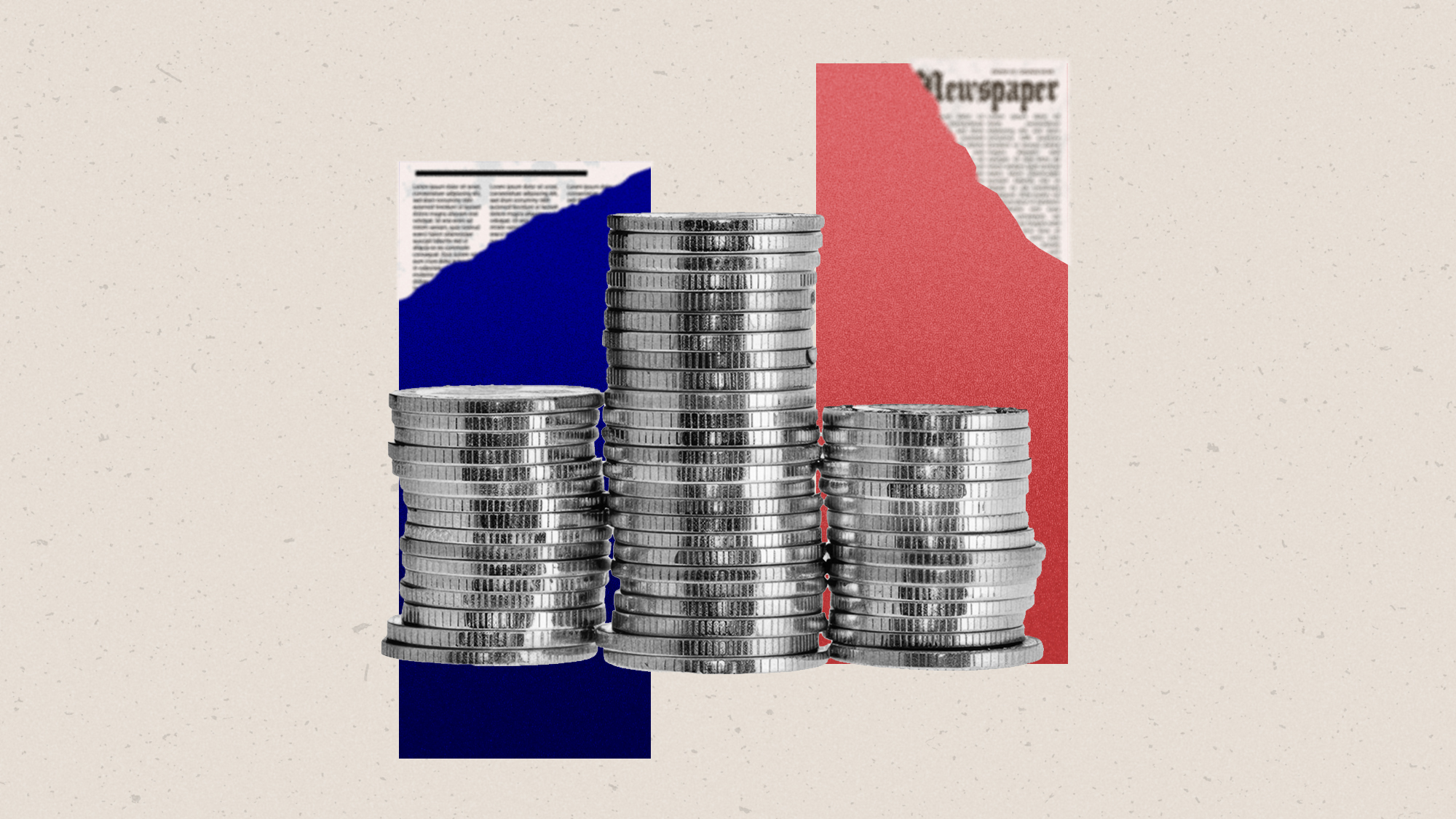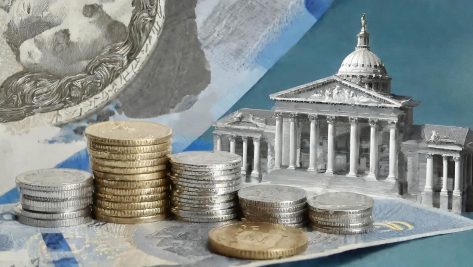When Estée Lauder announced a dividend cut in October 2024, its stock plunged 20% in a single day. This dramatic market reaction highlights a crucial question for investors and corporate boards alike: What really drives dividend decisions? While factors like profitability and market conditions are well-studied, research now reveals that the personal political leanings of CEOs also have influence over these corporate decisions.
Dividends are an important source of income for investors, such as pension funds and some retail investors who rely on a regular stream of cash. This explains why investors do not like dividend cuts, as exemplified by Estée Lauder’s case. Given the importance that investors attach to dividends, it is reasonable that understanding what drives dividend policy has been a central focus of corporate finance research. However, these studies have mostly focused on country and firm characteristics to explain why some firms pay dividends while others do not. For example, firms based in countries with greater levels of investor protection – such as the United States – have been shown to pay higher dividends. Other studies, including my own, have focused on the flexibility of dividends over time. While firms from the United Kingdom and the United States tend to be reluctant to cut their dividends, firms from other countries – such as Germany and Japan – are much more likely to cut or even omit their dividends even if their profits are only down temporarily.
Given that the CEO is the most senior executive in a corporation, one would expect that – at least to some extent – their attributes and characteristics affect dividend policy. Yet there have so far been few studies on this relationship.
In fact, personal political beliefs do shape how CEOs run their companies. Liberal CEOs tend to care more about environmental, social, and governance (ESG) issues than conservative CEOs do, while putting greater emphasis on the interests of the nonfinancial stakeholders rather than shareholder concerns.
In a recent study published in the Journal of Banking and Finance, Ali Bayat from the University of Aberdeen and I examine the impact of CEO political leanings on dividend policy – or, more precisely, payout policy, which includes both dividend payouts and share repurchases. Indeed, companies can return cash to their shareholders not only via regular dividend payments but also via more sporadic repurchases of their shares.
Why would there be a link between a CEO’s political leanings and corporate payout policy? Various studies have shown that conservative individuals tend to be more prudent – including more financially prudent – and less open to change and novelty. These individuals are also more likely to vote for the Republican party in the United States, a party associated with conservative values and financial prudence.
Conservative CEOs tend to prefer returning the cash to the shareholders.
To measure CEO political leanings, we used data from the Federal Election Commission (FEC) on political donations. The FEC tracks all financial contributions exceeding $200 to federal election campaigns. From this database, we identified the donations made by S&P 500 CEOs between 1979 and 2019.
But do political donations truly reflect CEOs’ beliefs? Wouldn’t some CEOs make strategic donations rather than ideological ones? Indeed, we also found that donations to both parties increased just before presidential elections.
To reduce the impact of such strategic donations on our results, we developed several safeguards. For example, we compared short-term versus lifetime donation patterns to ensure consistency. We also examined the political leanings of the zip code where CEOs chose to live. Since people tend to select communities that align with their values and political convictions, a CEO’s choice of residence is telling. For example, the choice to live in a more conservative area likely reflects genuine conservative beliefs.
To classify CEOs systematically, we created a political leaning index, ranging from zero for CEOs who have only ever donated to the Democratic party to one for CEOs who have only ever donated to the Republican party, with non-donors assigned a neutral 0.5. We defined conservative CEOs as those scoring above a 0.5 – meaning primarily Republican party donations – and liberal CEOs as those scoring below 0.5.
Our analysis revealed that conservative CEOs are more likely to be at the helm of dividend-paying companies and are associated with higher dividend payments. These CEOs also tend to combine the regular dividend payments with the odd share repurchase.
The next logical question is, how do they fund these higher payouts? We found that conservative CEOs are more likely to tap into their firm’s cash reserves or maintain lower capital and R&D expenditures. While using cash reserves for dividend payments rather than for reinvestment might seem counterintuitive, it does align with conservative decision-making patterns. New projects, though potentially profitable, carry inherent risks. Conservative CEOs tend to prefer returning the cash to the shareholders, thus putting the onus on the shareholders to reinvest the cash.
This preference for predictable returns over possibly risky investments extends beyond normal operations. In a related study published in the Journal of Corporate Finance, with Bayat, Panagiotis Koutroumpis of the University of Sussex, and Xingjie Wei of the University of Leeds, I investigate how S&P 500 CEOs responded to the COVID-19 pandemic. When faced with preserving liquidity during the sudden and severe economic shock caused by the pandemic, CEOs had to choose between reducing labor costs, cutting dividends, or both. Our research drew on detailed corporate disclosures from Form 8-K filings – mandatory reports of material events that could affect stock prices, required under the Sarbanes-Oxley Act.
To analyze corporate reactions to the COVID-19 crisis, we examined thousands of Form 8-K filings, first manually identifying keywords referring to the pandemic and labor cost reductions, then using AI-powered word embedding models to capture related terms and subtle variations.
Our analysis distinguished between permanent staff reductions (dismissals and early retirement) and temporary (shortened workweeks and salary cuts). This granular data revealed how different CEOs approached workforce management during the COVID-19 crisis.
To assess dividend policy during this time, we compared actual quarterly dividend payments in 2020 – the year of the pandemic – against analyst forecasts made at the end of 2019. This comparison enabled us to identify whether a given CEO shielded shareholders from the shock caused by the pandemic or not. CEOs who prioritized shareholders paid a dividend in each quarter of 2020 that was at least equal to the dividend forecast.
Our findings reveal that conservative CEOs were more likely to make the employees bear the burden of the pandemic. They shielded shareholders from the shock and often implemented labor cost reductions aggressively even when their companies weren’t experiencing a loss. They were also more likely to use permanent staff reductions rather than temporary measures like reduced hours. This enabled them to meet dividend expectations. In contrast, other CEOs – and not just those with liberal leanings – were more likely to instead shield their workforce by letting shareholders bear the brunt of the economic shock.
Did these different approaches affect company performance? Firms that reduced their labor costs in 2020 did show a higher return on assets in 2021, but this advantage disappeared by 2022, suggesting that the financial gains were of a temporary nature at best. These findings raise broader questions about what models of capitalism – and their long-term implications – we, as a society, want to adopt.
The evidence from both studies points to the conclusion that a CEO’s political ideology shapes corporate behavior in both stable and turbulent times. For investors, this insight offers a practical tool for portfolio decisions. Those prioritizing reliable dividend income might prefer companies led by conservative CEOs, while investors – as well as employees – focused on ESG factors and job security might lean towards companies with nonconservative leadership.
© IE Insights.











